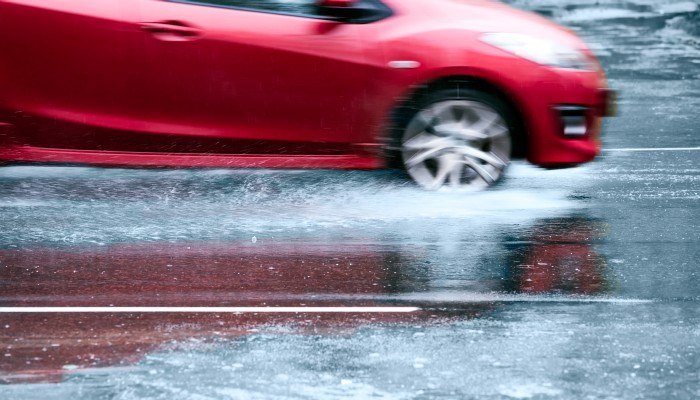In a country such as ours, standing water is always going to be an issue, but not all motorists are aware of the risks it can pose to their car's engine and mechanics.
As a leading provider of UK and short term European cover, few organisations understand the negative effects of water on cars better than Start Rescue. Our operatives attend hundreds of stranded, water-damaged vehicles each year.
While our operatives can often help get a vehicle up and running again – or may be able to tow it to a customer's home or a nearby garage – drivers can be unprepared for the high cost of repairing water-damaged engines.
At such times motorists understandably turn to their insurance provider. But not all policies are equal.
Comprehensive insurance is the most likely to offer cover for water damage, but this is not guaranteed.
Contact your insurer to find out if you are covered for water damage and ask them about any exclusions – e.g. attempting to drive through very deep water, or driving through standing water off the public highway.
Tips for avoiding water damage to cars:
- Avoid flooded roads if possible.
- If you can't avoid flooded areas, ensure standing water is no deeper than six inches and moving water is no deeper than 4 inches.
- Observe other vehicles as they pass through the water to gauge depth.
- Drive through water slowly in first gear.
- Keep up engine revs by slipping the clutch – this will prevent water entering the exhaust.
- Remember that driving fast can force water into the engine bay.
- Be aware of where your engine's air intakes are and try to make sure no water enters them.





